For researcher Sonali Garg, the discovery of not 1 but four new species of frogs by her comes as a complete surprise. It is because for her field study in the Western Ghats, she was on the lookout for only a single species of burrowing frog named the Rufescent Burrowing Frog (Fejervarya rufescens) that builds its home underground. It was only when her field material were studied in detail that the scientist and her colleagues realised that they were not looking at one species but possibly 4 new burrowing frog species.
Till recently, the Rufescent Burrowing Frog (Fejervarya rufescens) was thought to be the only frog within the Fejervarya genus. It was also believed to be widely distributed all over the Western Ghats. But as the frog is nocturnal, lives underground and usually seen only during the monsoon months, not much was known about its behaviour.
Read More: Tree Frog Found Again After 150 Years
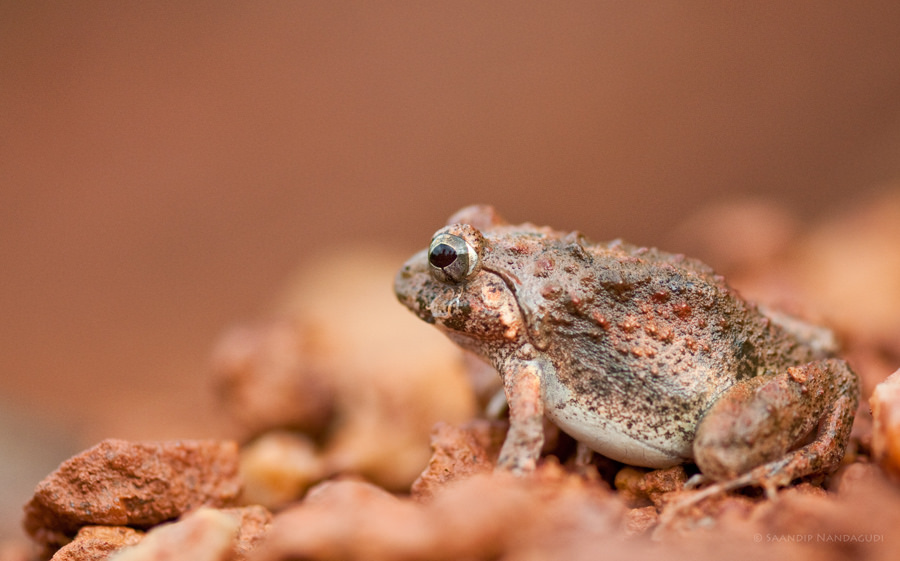
It was to further study this unusual frog that PhD student Sonali Garg spent many nights travelling in the Western Ghats between 2007 and 2015 and collect different specimen of the burrowing frog. When she brought her study material back to her lab in University of Delhi and analysed the DNA samples, morphology as well as the vocalisation of the frogs in detail, that she realised that these were not one species, but 5 distinct ones including the already known Rufescent Burrowing Frog.
The newly discovered cousins of that one burrowing frog are,
- Kadar Burrowing Frog (Fejervarya kadar) – Named after the Kadar tribe of Kerala
- CEPF Burrowing Frog (F. cepfi), – named after the Critical Ecosystem Partnership Fund (CEPF)
- Manoharan’s Burrowing Frog (F. Manoharani) – Named after T.M. Manoharan, former principal chief conservator of forests in Kerala
- Neil Cox’s Burrowing Frog (F. neilcoxi) – named after Neil Cox, the manager of the biodiversity assessment unit at the International Union for Conservation of Nature (IUCN)
These are all new to science.
Read More: Frogs Have The Unique Ability to See Colours In Extreme Darkness
“Our study highlights a fairly common group of frogs that is usually found closer to human habitations but still not documented properly,” Garg said. “More extensive studies are required to scientifically identify and describe the Western Ghats frogs which are already facing extinction threats from various human activities.”
From abundant to rare
The discovery of these 4 new burrowing species of frogs changes the population estimate of the Rufescent Burrowing Frog. Till now it was listed as ‘Least Concern’ in the IUCN Red List of Threatened Species as scientist believed it was widespread in the Western Ghats.
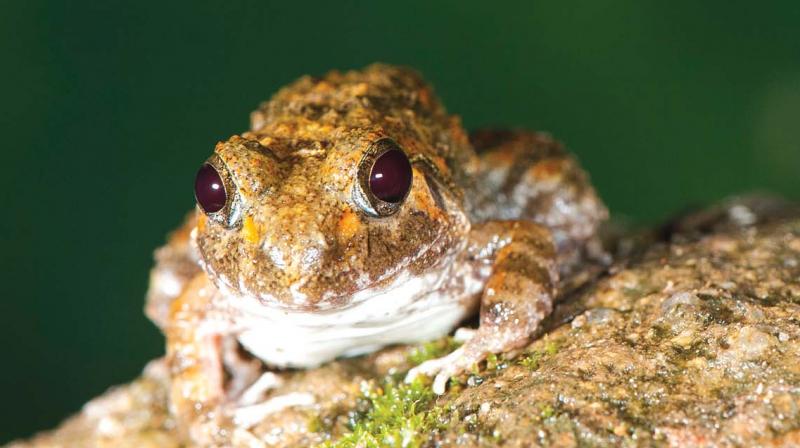
But they have now found that the species is actually restricted to a much smaller area in the state of Karnataka and adjoining regions in Kerala, north of Palghat gap in the Western Ghats. This means that its conservation status could possibly change.
“The new finding will have a significant implication on the conservation status of these frogs because now it is clear that instead of a single species there are five different species with different conservation requirements,” S D Biju, Garg’s PhD supervisor, said in the statement. “We need to be concerned about the existence of these newly discovered frogs and conduct further studies to reassess their conservation status.”
Frog Haven
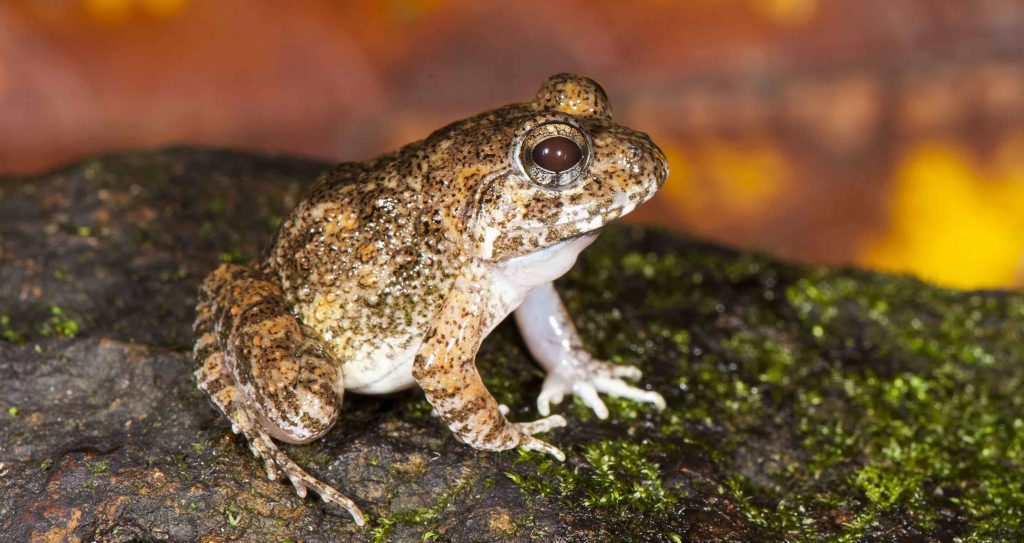
What is definitely of extreme significance is the frequency with which new species are being discovered in the Western Ghats. The Western Ghats have recorded the second highest number of the total new species of amphibians described globally (1581) from 2006-2015. Of approximately 159 species found in the Sri Lankan biodiversity hotspot, 103 species were from Western Ghats alone.
It only makes it all the more important to save the Ghats from human intrusions.
Read More: Friday Frog Fact: Gundia Leaping Frog

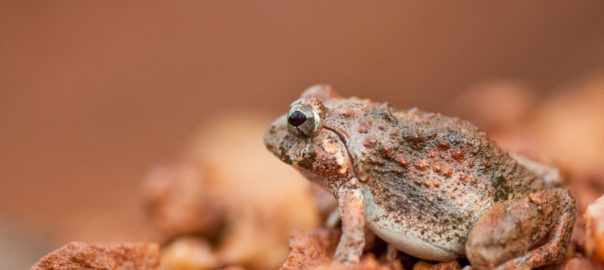
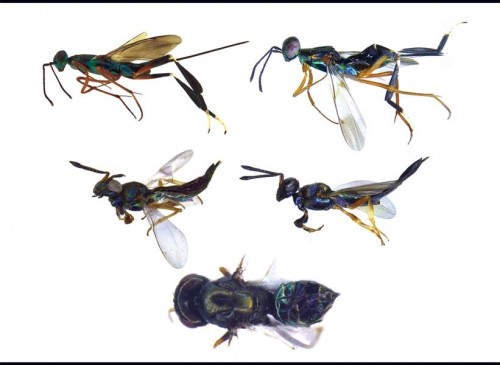
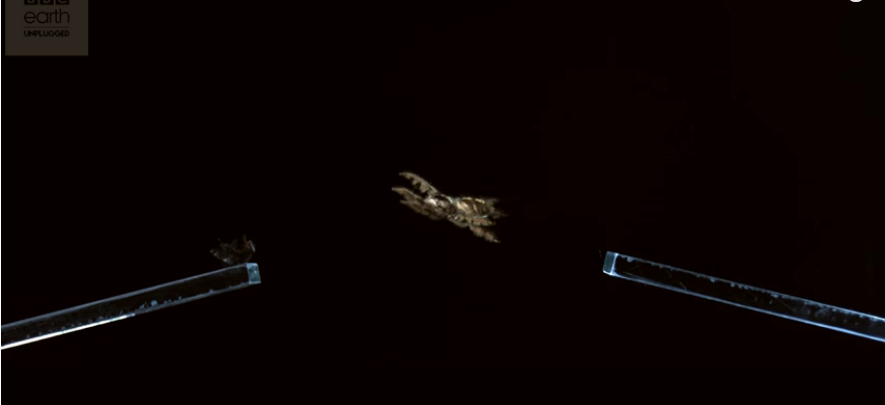
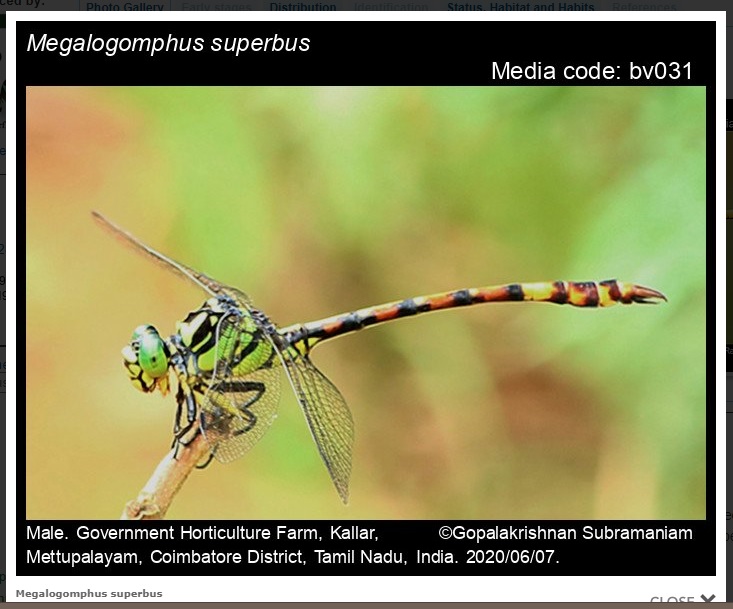

This is good that so many amphibian species are being discovered in the ghats. Its are responsibility to conserve the natural habitat. Kudos to Sonali madam!!